INTRODUCTION
Welcome to the next installment in my “All Time XIs” series. Today we look at Kent, and although there will no controversies to match one of my omissions from yesterday’s Lancashire side, this one has also had its challenges.
KENT ALL TIME XI
- Bill Ashdown – an attack minded opening bat. He holds the record for the highest individual Kent score, 332, made in just over a day against Essex at Brentwood. Kent were 623-2 at the close of the first day, Ashdown 300 not out, and declared at 803-4 and then bowled Essex out twice to win by an innings and 192 runs. His medium pace bowling was also sometimes of use to the team. He and Sussex pro Bert Wensley once teamed up to defeat a village XI in a reprise of an event that happened a century previously. The original match came about because the landlord of the village pub grew so incensed with the boasting of its team the he told them he would find two players who could beat them without team mates. He came back with two of the best players of the day, and they duly beat the village team. A century later the event was recreated with Ashdown and Wensley taking on the villagers, and the result was the same, a victory for the pros. In the field Ashdown and Wensley alternated between bowling and keeping wicket, meaning that there were just two gaps in the field – the off side and the on side! Andrew Ward’s “Cricket’s Strangest Matches” features this game.
- Arthur Fagg – in 1938 at Colchester he scored 244 and 202 not out in the same match, the only time in first class history that anyone has hit two double centuries in a game. Once his playing days were done he became an umpire.
- *Frank Woolley – left handed batter who scored 58,969 first class runs including 145 centuries, 2,066 wickets with his left arm spin at less than 20 a piece and 1,018 catches, the most in first class history by anyone who did not keep wicket. He was an integral part of Kent’s first four county championships. He was picked in every England team for a 19 year period (1909-28) – a run which today would give anyone achieving it about 250 test appearances as opposed to his final total of 64. In 1921 at Lord’s when everyone else was being blown away by Gregory and McDonald he scored 95 and 93. In the 1924-5 Ashes he and his county colleague Freeman shared a ninth wicket stand of 128 in ultimately losing cause. His greatest test with the ball was at The Oval in 1912 in the match that settled the Triangular Tournament (an experiment which was ruined by the weather, the weakness of the third team, South Africa, and the fact the the Aussies were hit by a serious dispute) in England’s favour. In that match Woolley had combined figures of 10-49. His volume of cricket related memoir “King of Games” is an excellent read, and I would also recommend Ian Peebles‘ “Woolley: The Pride of Kent”. It is partly on ground of the tactical thoughts expounded in “King of Games” that I have awarded Woolley the captaincy, a post that due to the class-based obsession with amateur captains that prevailed in his day he never actually held.
- Colin Cowdrey – a right handed batter who made a record six tours of Australia, the last of them at the age of 42 when he answered an SOS call and replaced his intended festive season with a trip out to attempt to counter Dennis Lillee and Jeff Thomson. At the time his career ended his 114 test match appearances were an all comers record and his tally of 7,624 runs at that level was an England record, while his 22 centuries were a joint record with Wally Hammond. He was part of a family that currently stands alone in having produced four successive generations of first class cricketers (his father Ernest played a handful of games, two of his sons Graham and Chris were stalwarts of Kent in the 1980s and 1990s and his grandson Fabian played for Kent and now commentates on Kent games for local radio. The Tremletts with Maurice, Tim and Chris and the Headleys with George, Ron and Dean have each had three successive generations of first class cricketers and may yet get a fourth.
- Fuller Pilch – rated as the best batter of his era. He also featured in a dismissal that suggests a somewhat overly lively pitch – in the Gentlemen vs Players match of 1837 his dismissal reads ‘hat knocked on wicket’. He is one of two players from this era in my Kent team. He was noted for using a bat with a long blade and a short handle.
- +Leslie Ames – the only recognized wicketkeeper ever to score a hundred first class hundreds. The ‘wicket keeper’s double’ of 1,000 runs and 100 dismissals in the same season was achieved three times in history, and two of those were by Ames. In 1929 he pouched 78 catches and executed 49 stumpings, for a total of 127 dismissals. He won the Walter Lawrence trophy for the fastest first class hundred of the season twice in the first three years of its existence, and his career high score of 295 took a mere three and a half hours. His test best of 149 came against the West Indies at Sabina Park in 1929-30, when Andrew Sandham scored 325, skipper Calthorpe was overly doctrinaire about not enforcing the follow on in a timeless match (England led by 563 on first innings!) and two days of rain and the necessity of England catching their boat home caused this timeless match to be drawn, with the West Indies 408-5 needing a further 428 to win (yes – they were set 836).
- Alfred Mynn – a fast bowling all rounder from the same era as Pilch. He was known as ‘The Lion of Kent’, and would appear in both his physical build and his approach to the game to have been the Freddie Flintoff of the 1830s and 40s.
- Arthur Fielder – right arm fast bowler, and useful lower order batter. He once scored 112 not out from no 11, as he and Frank Woolley added 235 for the last wicket.
- Tich Freeman – a diminutive (5’2″) leg spinner who made use of his extreme lack of height by releasing the ball upwards so that it spent most of its journey towards the batter above their eyeline. He stands second in the all time list of first class wicket takers with 3,776. In the 1928 season he collected 304 wickets, and he also holds second and third place if the list of season wicket hauls with 298 and 295. He stands alone in having taken all 10 wickets in a first class innings on three separate occasions. He took 386 five wicket innings hauls in his astonishing career and bagged 10 in a match 140 times.
- Colin Blythe – a left arm spinner who was killed during World War One, but not before he had taken a lot of wickets very cheaply. Against Northamptonshire in 1907 he took 17-48 in the match, and according to Woolley, writing in “The King of Games” he came within touching distance of getting all twenty in that match. As Woolley describes it, Blythe took all 10 in the first innings, and had the first seven in the second innings, before Vials, the last remaining Northants batter of any substance offered a return catch, which would have left Blythe a couple of absolute rabbits to polish off to claim an ‘all twenty’. Blythe dropped the catch and was apparently so discomposed by doing so that he was unable to refocus on his bowling, and the Kent captain had reluctantly to put another bowler on to finish it. He took 2,503 first class wickets at 16, and his 100 test wickets came in 19 games at that level.
- Fred Martin – a left arm fast bowler who took over 900 wickets for Kent at 19 a piece. He was selected for England at The Oval in 1890, and recorded 6-50 in the first innings and 6-52 in the second, still a match record for an England debutant.
These choices give me a team with a strong top five, a wicketkeeper who made big runs at a rapid pace at no 6, a fast bowling all-rounder at 7 and four bowlers of widely varying type. The bowling resources this side has include a left arm fast bowler, two right arm fast bowlers, a leg spinner and two slow left armers, plus Ashdown’s occasional medium pace if needed. The next section will look to the present and future, and then I will look at some of the other players I have missed out.
KENT PRESENT AND FUTURE
This section deals with three current Kent players who part of the England setup and a fourth who may well become so. Joe Denly, a stop gap selection at no 3 in the test team, has produced a string of consistent performances since taking on the role. I suspect that when play resumes again post Covid-19 he will be displaced as England will go with Sibley, Burns, Crawley as their top three. Zak Crawley was elevated to international level without having what most would consider any considerable weight of achievement ad domestic level in the bank but has unquestionably thrived at the top level, and I suspect that if I revisit this series in ten years or so he will be challenging Ashdown or Fagg for one of those openers slots. Sam Billings is part of the England limited overs setup, but unlikely to feature in test selections. His wicket keeping will not be factor, given Kent’s illustrious history in that department, but were I selecting with white ball cricket in mind he would definitely be a candidate. Finally, Oliver Graham Robinson (as opposed to Sussex medium pacer and useful lower order batter Oliver Edward Robinson – please guys could you allow yourselves to be referred to by your middle names?) is a 21 year old wicket keeper who would appear to have a colossal future ahead of him (here’s hoping that the selectors treat him better than they have Ben Foakes), and even allowing for Kent’s historic riches in this department he may force his way into consideration in time.
OTHER CANDIDATES
Had I not been determined to include the “Lion of Kent” the number seven slot, and the captaincy that I actually awarded to Frank Woolley would have gone to Jack Mason, the subject of John Lazenby’s “Test of Time”, and also mentioned in many other cricket books, including Woolley’s “King of Games”.
There were a number of candidates for the opener’s slots: Wally Hardinge, Mark Benson (a one cap wonder for England in 1986 – 21 and 30 in a drawn game against India), David Fulton (ignored by the England selectors, even in the season in which he notched his 1,000 runs by mid June) and Robert Key being just four who merited consideration. In the middle of the order Kenneth Hutchings, Percy Chapman and Geoffrey Legge would all have their adherents. Among the bowlers to miss out were Doug Wright, who took more first class hat tricks, seven in total, than anyone else in cricket history, Derek Underwood whose left arm slow medium could not quite displace Blythe in my thinking and Bill Bradley, a right arm fast bowler who could have had the slot I gave to Fielder. I genuinely could not think of a Kent offspinner who I could even consider (yes folks, I am well aware that James Tredwell was an England pick at one time, but he was no one’s idea of a great bowler!).
The wicket keeping issue was a knotty (or should that be Knotty?) one, as Kent have had a stack of great practitioners down the years – Fred Huish, John Hubble, Godfrey Evans and Alan Knott most notably, but also in more recent times Geraint Jones has done the job for England and I have already mentioned the emerging talent of Oliver Graham Robinson. However, to select any of these legendary practitioners and play Ames as a specialist batter would have been to deprive myself of a desperately needed slot in the team, hence giving the gloves to Ames.
PHOTOGRAPHS
Yes, a journey that has taken us through nearly 200 years of cricket in the hop county (during any period of which you could if so inclined have partaken of Shepherd Neame’s finest!) is now at an end it is time for my usual sign off…
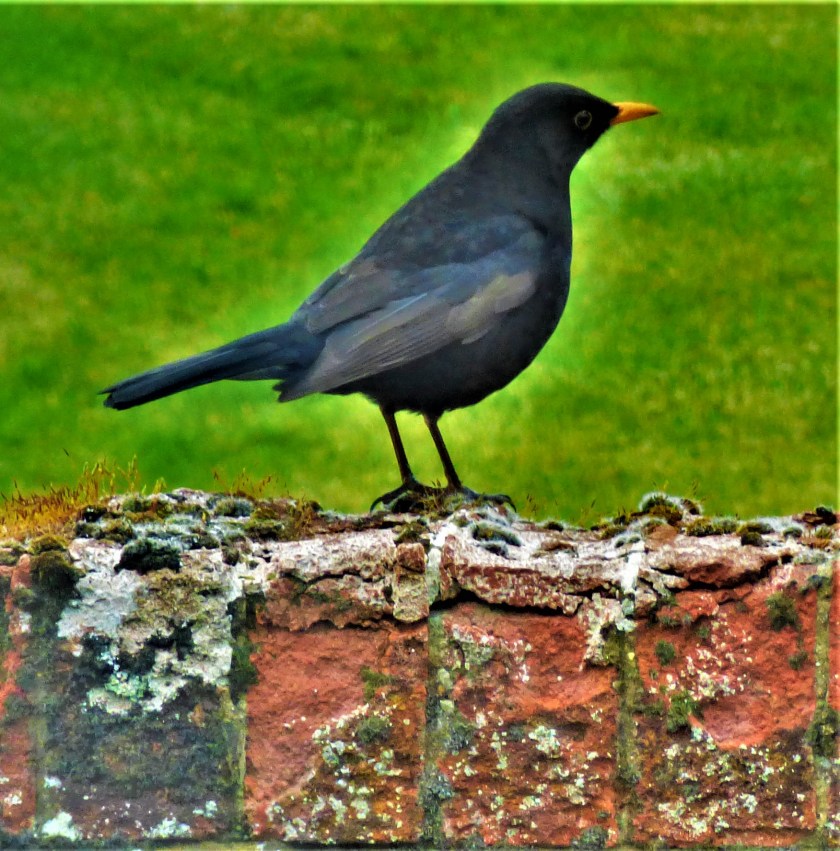

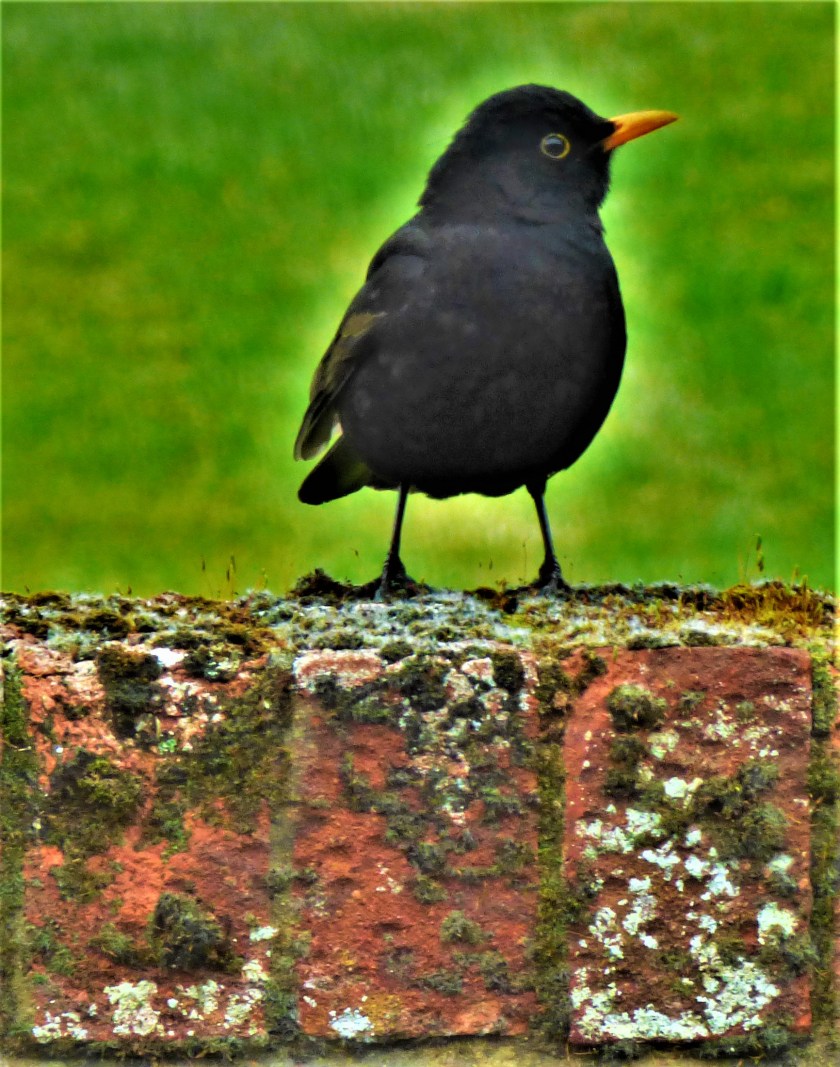




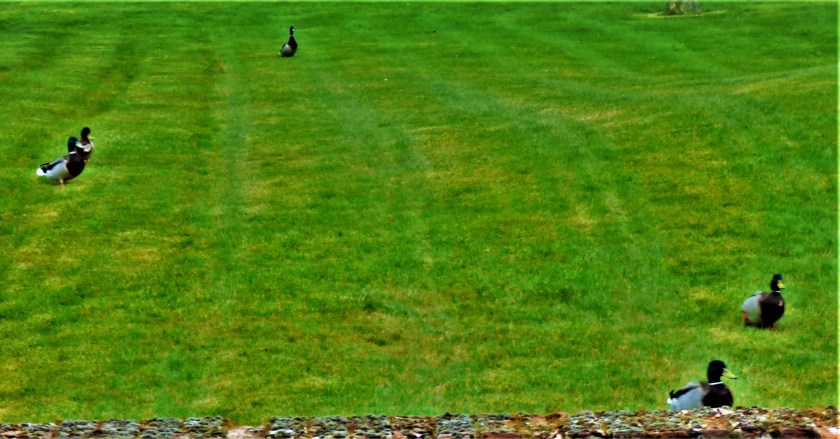
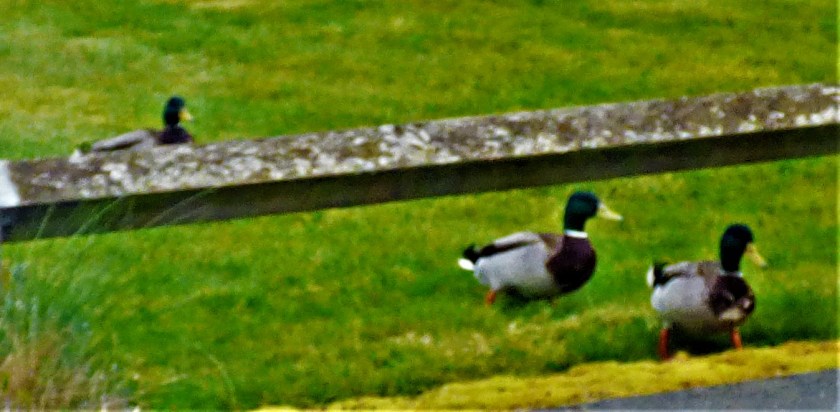


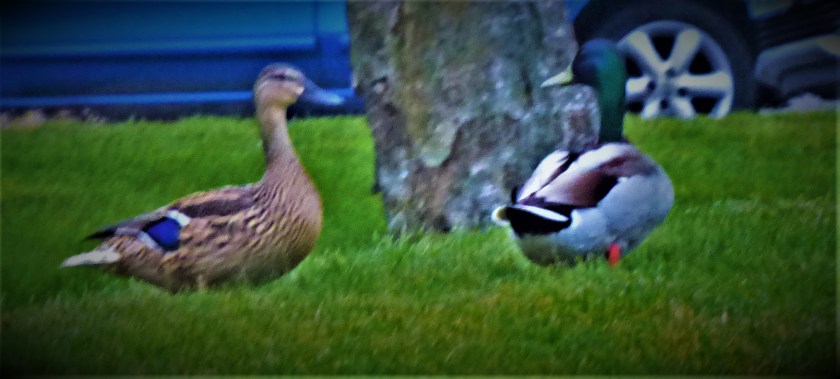
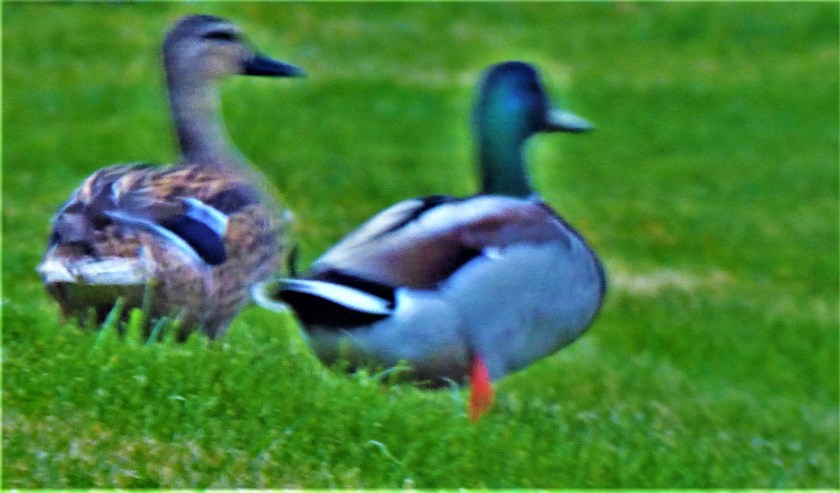





13 thoughts on “All Time XIs – Kent”